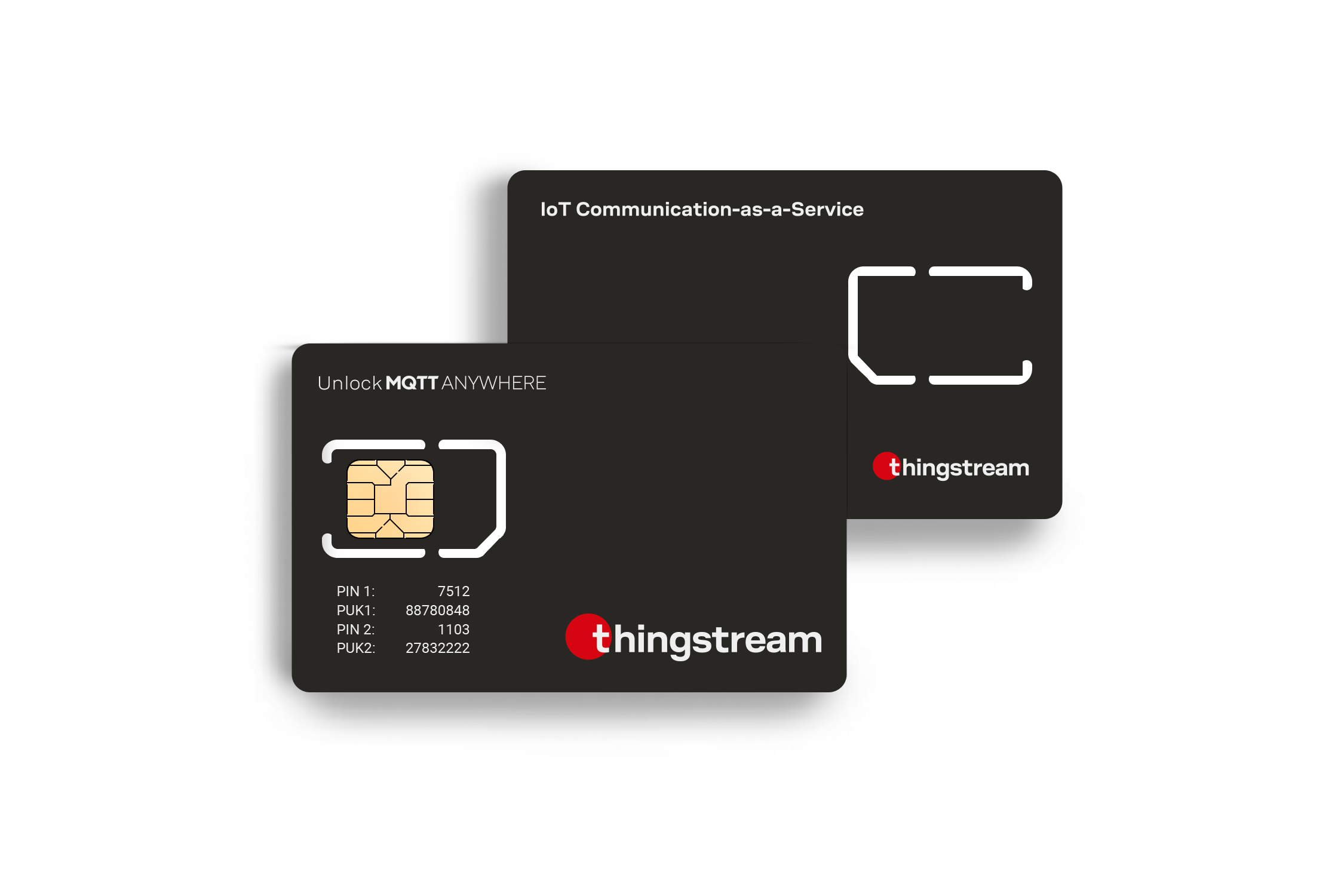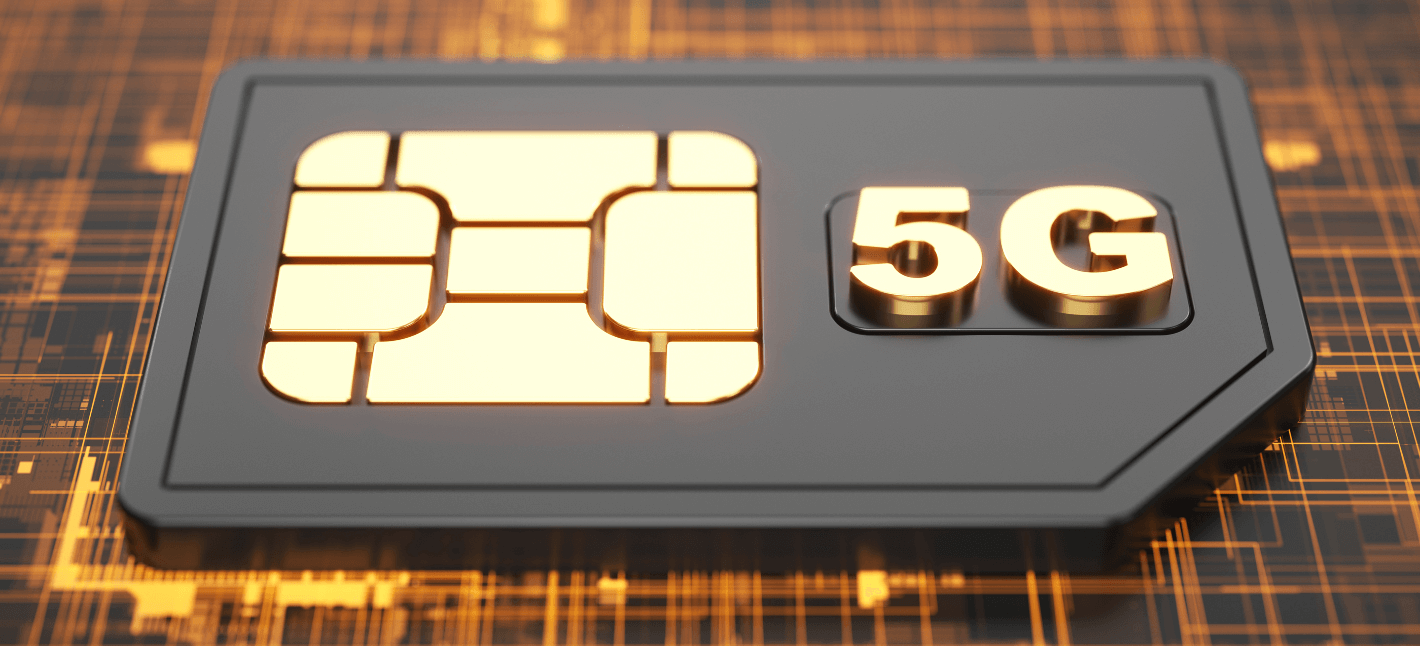Iot Sim Card IoT SIM Card M2M Devices

In the rapidly evolving landscape of the Internet of Things (IoT), the demand for efficient, resilient, and low-energy connectivity options is extra crucial than ever. As devices proliferate and the need for fixed knowledge transmission grows, low-power IoT connectivity protocols have emerged as essential enablers for the ecosystem. Understanding these protocols is vital for builders, engineers, and businesses aiming to leverage IoT technologies effectively.
Low-power connectivity is primarily geared toward options that require minimal energy consumption while facilitating communication throughout quite a few devices. The hallmark of those protocols lies of their capability to maintain lengthy battery life, often extending to several years for units running on small batteries. The steadiness between energy effectivity and dependable connectivity is a core tenet of IoT deployments.
Free Iot Sim Card Fastest growing multi-network IoT SIM
One of the most acknowledged low-power connectivity options is LoRaWAN. It stands for Long Range Wide Area Network and is designed for long-range transmissions with low power necessities. LoRa allows devices to speak over distances that surpass traditional wireless options, making it suitable for functions corresponding to agriculture and smart metropolis infrastructure.
LoRaWAN operates in unlicensed frequency bands, allowing for important value savings, although this also means elevated potential for interference. The structure employs a star network topology, connecting varied sensors to gateways, which then talk with a central server. This strategy enables devices to remain in a low-power sleep mode until they need to transmit data, conserving energy.
Another prominent protocol is Sigfox, which additionally operates in a low-energy, wide-area context. It is specifically tailored for small messages, optimizing the transmission of light-weight knowledge packets. This makes it perfect for purposes like asset monitoring and environmental monitoring, where only transient updates are necessary.

Unlike LoRaWAN, Sigfox utilizes an easier protocol designed primarily for uplink messages, transmitting information from gadgets to the cloud. Its unique approach to knowledge transmission results in a simple and effective ecosystem that prioritizes battery longevity and network scalability, even because the number of linked units grows.
Iot Sim Card Australia Global IoT connectivity data plans SIM
Zigbee has carved its area of interest in low-power, short-range connectivity, notably for home automation and industrial functions. It employs a mesh network topology, allowing units to relay messages to 1 one other, effectively extending the vary of communication without having excessive energy expenditure. Each system within the Zigbee network acts as a repeater, enabling extra strong connectivity in environments affected by obstacles that might in any other case disrupt communication.
Zigbee supports multiple channels inside the 2.4 GHz band, providing versatility and suppleness for device intercommunication. Its low energy consumption model makes it appropriate for battery-operated gadgets that demand long operational life, although the boundaries of range could hinder some applications.
Iot Sim Card Providers IoT SIMs Any Device Anywhere
Bluetooth Low Energy (BLE) serves the precise purpose of offering a low-power various to classical Bluetooth. Commonly present in wearables and health-monitoring devices, BLE enhances energy efficiency by permitting units to remain in a low-power sleep state whereas still maintaining the flexibility to transmit data.
This protocol exemplifies the adaptability required for IoT deployments, providing a balance between information transmission speed and energy needs. BLE has gained traction in various shopper electronics, establishing standards for health trackers and smart residence gadgets where energy consumption is a crucial issue.
Narrowband IoT (NB-IoT) represents one other low-power alternative that integrates seamlessly into present cellular go to my site networks. Utilizing solely a slender band of frequency, NB-IoT successfully enhances connectivity for devices in hard-to-reach places. This resolution emphasizes the importance of cost-effective scalability for urban environments, the place quite a few units must reliably function without delay.
The protocol's ability to penetrate deep indoors means it is completely suited to applications that involve constructing utilities or enhanced metropolis infrastructures - Global Sim Card Iot. The evolution of NB-IoT represents convergence between traditional cellular networks and trendy IoT necessities, enabling service providers to supply low-cost solutions with in depth protection.
Iot Data Sim Card IoT SIM network-independent IoT SIM
Weighting the options of all these low-power connectivity protocols results in examining them through various lenses, together with utility context, energy calls for, and information necessities. Understanding these protocols' nuances allows for knowledgeable decision-making in choosing essentially the most suited option for specific use cases.
For developers advocating fast deployment and intensive scalability, choosing among these this contact form solutions can have lasting implications. As networks grow and gadget counts reduce the restrictions of conventional infrastructures, these protocols have unlocked pathways to revolutionary solutions across a variety of sectors. Each protocol serves specific niches, catering to varying demands round energy effectivity, distance, and knowledge integrity.

Future advancements in low-power IoT connectivity protocols promise much more subtle options. The integration of machine learning and artificial intelligence into these networks can result in self-optimizing architectures, thus additional refining energy use while boosting efficiency metrics. Steering towards a extra sustainable IoT landscape will hinge upon improving these protocols to handle the rising information demands competitive with conventional, extra energy-hungry networks.
In conclusion, the panorama of low-power IoT connectivity protocols is a tapestry of numerous options tailored to meet specific use cases. LoRaWAN, Sigfox, Zigbee, BLE, and NB-IoT every present unique advantages that may improve the functionality and efficiency of linked units. As the world continues to embrace the Internet of Things, understanding and leveraging these protocols will play a pivotal role in driving innovation and sustainability throughout numerous industries.
Prepaid Iot Sim Card IoT SIM Card M2M Devices
- Low-power IoT connectivity protocols are designed to optimize energy consumption, allowing devices to function for extended periods on restricted battery energy.
- LoRaWAN (Long Range Wide Area Network) facilitates long-range transmissions with minimal power utilization, making it best for rural and expansive areas.
- NB-IoT (Narrowband IoT) utilizes existing cellular networks and presents improved indoor coverage, low latency, and better battery life in comparability with conventional cellular protocols.
- Zigbee operates in a mesh network topology, enabling gadgets to speak indirectly, enhancing range and reliability while conserving energy.
- Thread is an IP-based protocol that gives secure and scalable communication for low-power devices, making it appropriate for house automation applications.
- Sigfox makes a speciality of ultra-narrowband radio know-how, focusing on the transmission of small information packets over long distances with excessive energy effectivity.
- Bluetooth Low Energy (BLE) is commonly used for short-range communication, considerably reducing energy consumption while sustaining a great connection range.
- Weightless is a set of standards focused on low-power, wide-area networking, providing different variants tailor-made to specific utility needs.
- Anticipating the rise of smart cities, low-power IoT protocols facilitate infrastructure communication, enhancing the effectivity of resources and companies.
- Security remains a precedence across all low-power IoT protocols, incorporating encryption and authentication measures to guard device communications from potential threats.undefinedWhat are low-power IoT connectivity protocols?
Low-power IoT connectivity protocols are communication standards designed for gadgets that must function with minimal energy consumption. These protocols allow efficient data transmission over quick to long distances whereas preserving battery life, making them best for purposes corresponding to smart houses, wearable know-how, and environmental monitoring.
Why are low-power protocols important for IoT devices?
Low-power protocols are crucial for IoT gadgets as they permit for prolonged operation on restricted energy sources, similar to batteries or energy harvesting systems. This is important in applications where frequent charging or battery replacement is impractical, ensuring that devices remain useful over lengthy durations.
Iot Single Sim Card International IoT M2M SIM Card
What are some examples of low-power IoT connectivity protocols?
Common low-power IoT connectivity protocols include LoRaWAN, Sigfox, Zigbee, and NB-IoT. Each of these protocols has unique features tailored for various use circumstances, corresponding to long-range connectivity, low data rates, and mesh networking capabilities, making them appropriate for varied IoT applications.
How do low-power protocols differ from traditional connectivity protocols?
Low-power protocols are specifically designed to minimize energy consumption and optimize battery life, while traditional protocols like Wi-Fi and Bluetooth may prioritize higher data throughput. Low-power protocols often support longer-range communication and decrease information charges, making them match for IoT functions that require longevity over pace.
Iot Sim Card North America SIM Providers LTE-M/Nb-IoT Roaming Setup
What factors should be considered when selecting a low-power IoT connectivity protocol?
When choosing a low-power IoT connectivity protocol, contemplate components corresponding to vary, information fee, energy consumption, network topology, and the specific requirements of the application. Additionally, assess the availability of network infrastructure, scalability, and compatibility with current techniques to make sure a seamless deployment.
Can low-power protocols assist real-time knowledge transmission?
Free Iot Sim Card IoT M2M SIM Cards Data Plans
While low-power protocols are sometimes optimized for energy efficiency, some, like NB-IoT, can help real-time knowledge transmission to a certain extent. However, they may not be suitable for purposes requiring high-speed knowledge transfer. Choose a protocol based on the urgency of information transmission needs versus energy conservation.
Are low-power IoT connectivity protocols secure?
Iot Sim Card Australia IoT SIM Card eSIM Global Connectivity
Security in low-power IoT protocols varies by protocol. Many fashionable low-power protocols combine encryption and authentication options to safeguard information in opposition to unauthorized entry. It's important to evaluation a protocol's safety measures and think about further layers of security based mostly on the precise use case.
What industries profit most from low-power IoT connectivity protocols?
(Iot Sim Card Guide)
Iot Board With Sim Card IoT M2M SIM Cards
Industries similar to agriculture, smart cities, healthcare, and logistics greatly profit from low-power IoT connectivity protocols. These sectors typically require devices to observe, acquire, and transmit knowledge over extended intervals with out frequent maintenance, making low-power options advantageous.
Is the deployment of low-power IoT connectivity protocols complex?
The complexity of deploying low-power IoT connectivity protocols depends on the precise protocol and the prevailing infrastructure. Generally, they are designed for ease of use, however elements such as community configuration, system compatibility, and required scalability should be carefully deliberate to make sure a smooth implementation.